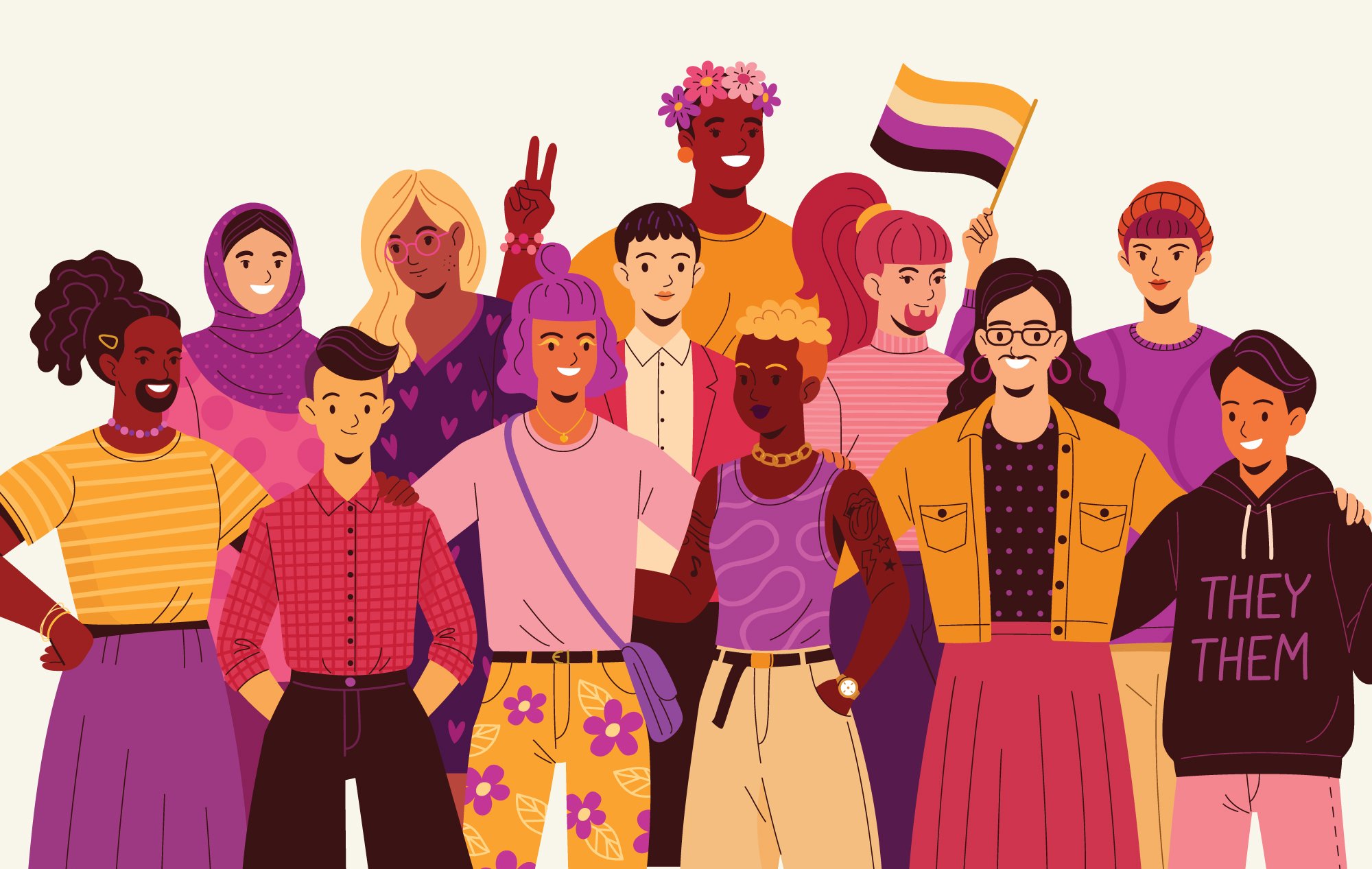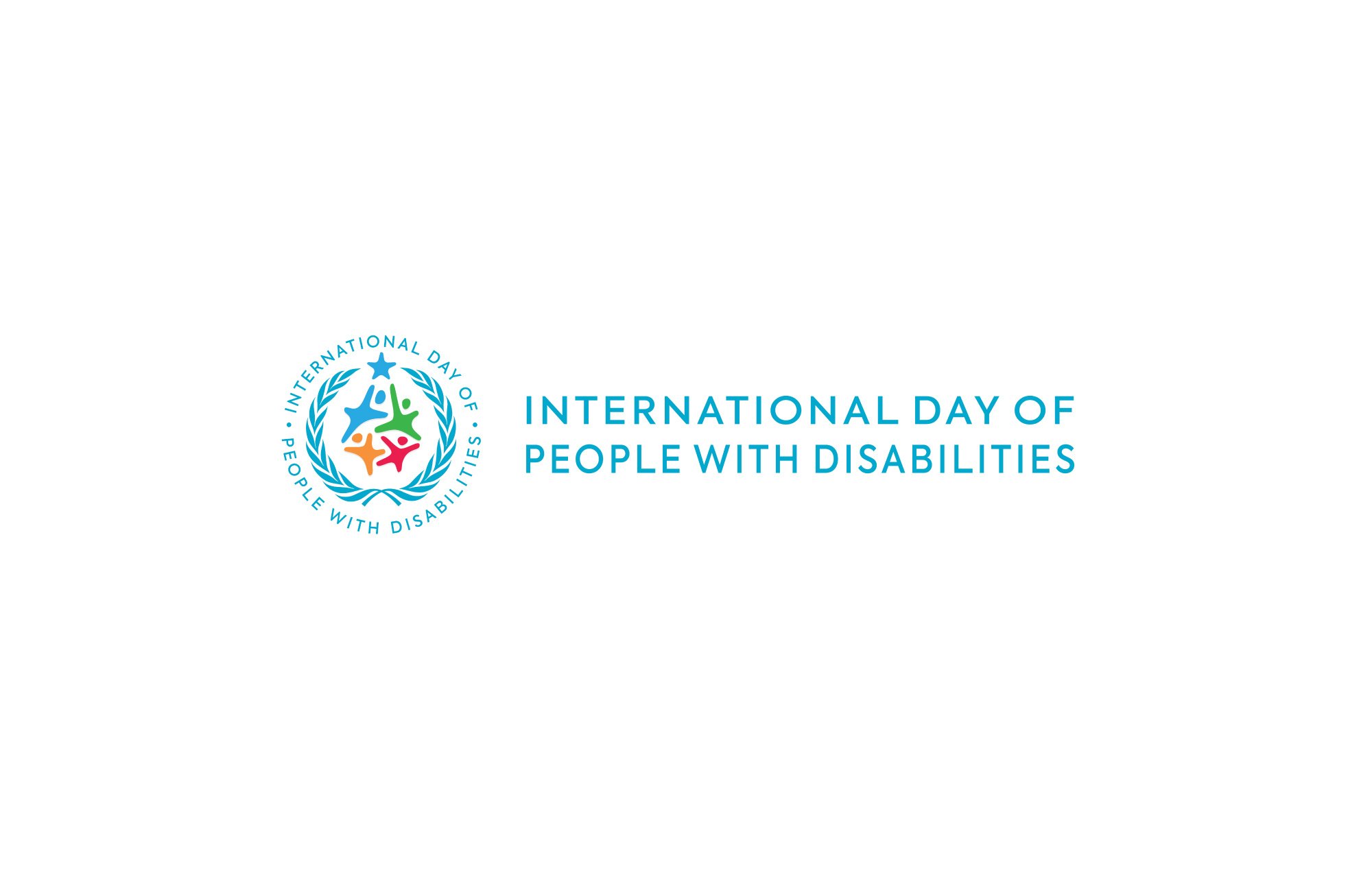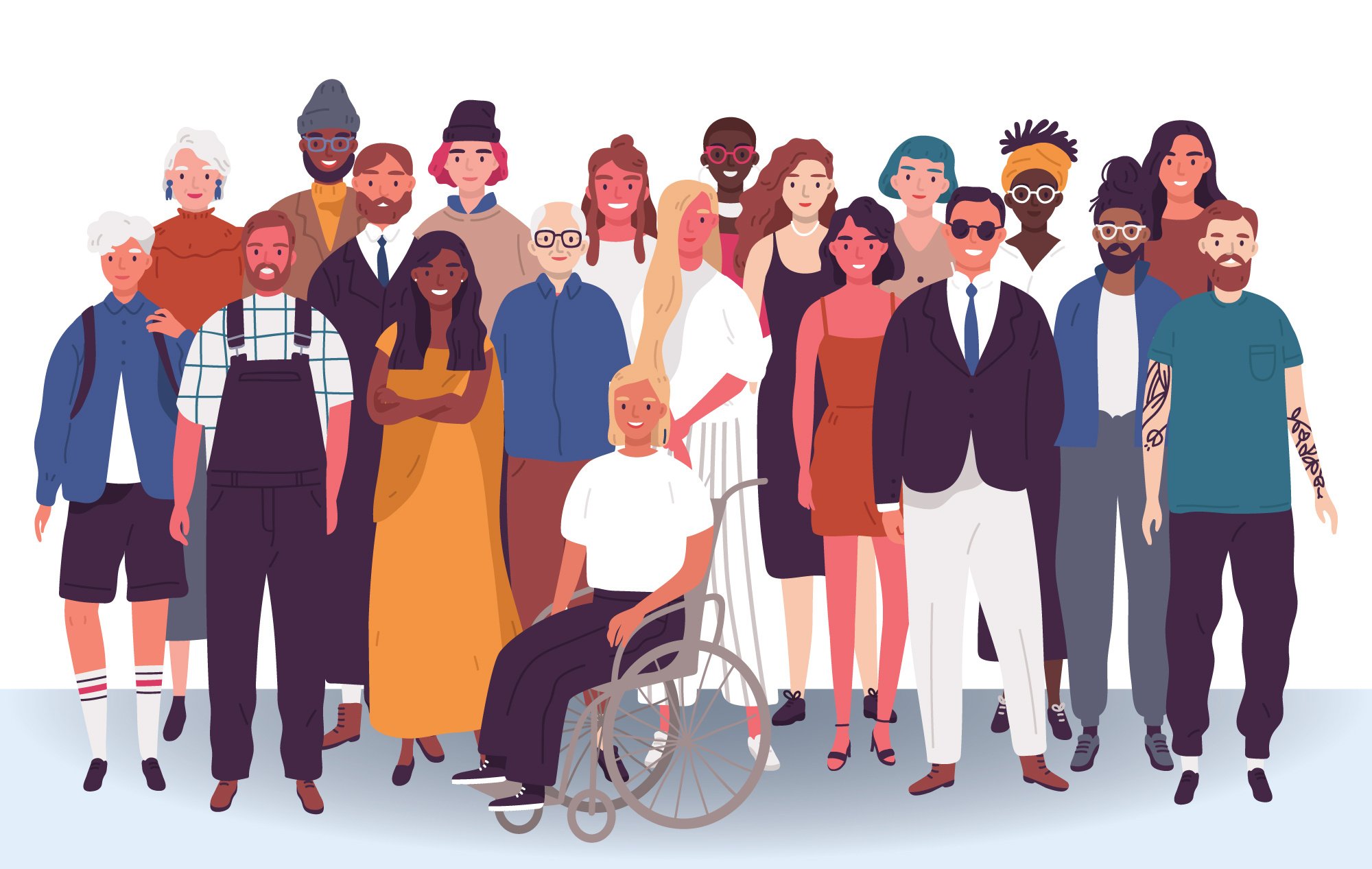By almost any measure, the LGBTQ+ community (lesbian, gay, bisexual, transgender, queer/questioning, and other gender/sexual orientation identifiers) experiences significant employment gaps relative to their cisgender peers.
This comes in many forms, including employment discrimination, workforce exclusion, lack of access to good jobs, quality benefits, and rights to collective bargaining.
However, businesses that support LGBTQ+ diversity in the workplace for all the right reasons, as a moral imperative and legal compliance, for example, also do better. Nondiscrimination in the hiring process enables organizations to recruit from a wider talent pool and attract consumers who see themselves reflected in the company workforce.
Additionally, employees who feel seen as their authentic selves feel safer and validated, leading to higher employee satisfaction, innovation, and productivity. Costs related to discrimination-based stress, poor health, and litigation also often decline.
That said, often companies interested in expanding inclusivity can be well-intentioned, but resort to actions that can come across as performative.
In this post, then, we discuss effective ways to create an LGBTQ+ inclusive workplace that nurtures acceptance and celebrates diversity.
Start From the Top
It’s difficult to overstate the importance of leadership in creating an LGBTQ+ inclusive workplace. Leaders play outsized roles in driving organizational culture and setting the workplace tenor. When leaders actively promote inclusion, it overtly conveys the message that diversity is valued and discrimination is not tolerated.
Jeff Main is the Executive Director of Point of Pride, a nonprofit supporting healthcare access for trans people, and a previous employee of Hypha HubSpot Development, a founding partner of InclusionHub. Jeff is a trans man and uses the pronouns he/him.
“Leadership can have a significant impact with actions like allocating budget for employee resource groups (ERGs), bringing in expert speakers, or facilitating volunteer activations or grants,” Main says.
Volunteer activation programs often allow employees to take time off to volunteer for causes that are meaningful to them. Grants enable companies to double down on support by donating funds to an employee’s given organization for every hour of volunteer time logged.
“Volunteer grants can be very effective because the company directly supports an LGBTQ+ organization and makes their employees feel good about giving back,” Main adds.
Leadership can also demonstrate its commitment to LGBTQ+ inclusion via external partnerships, vendors, and creditors. The National LGBT Chamber of Commerce and its local affiliates have lists of LGBT-owned and operated providers across the business spectrum. Working with a queer-owned company supports the community’s security, influence, and growth in a direct and meaningful way.
Show With Actions, Not Words
Katrina Kibben is CEO and Founder of recruitment marketing firm Three Ears Media and a member of the queer community who uses the pronouns they/them. For them and many others, workplace inclusivity means more than a line of text in the employee handbook:
“It’s not saying, ‘Diversity and inclusion are important to [this organization].’ It’s providing tangible benefits, such as adoption by same-sex couples or gender-affirming health care,” Kibben explains.
They reference the global employment website Indeed as a recent example of a company backing up policy with action. The company recently announced it’s offering a $10,000 relocation benefit to U.S. employees who seek gender-affirming care but live in areas where such care is restricted.
“This is a great example of showing that Indeed cares about the inclusion of the LGBTQ+ community. It’s different from just saying ‘You belong here,’” Kibben adds.
For organizations with physical locations, ensuring bathrooms are gender-neutral is another sign that the gender-expansive workforce can feel safe and supported.
In fact, safety and support in the workplace are often top of mind for the LGBTQ+ community. According to a 2022 survey by public policy research and advocacy organization the Center for American Progress, half of the LGBTQ adults surveyed reported experiencing some form of workplace harassment or discrimination over the past year because of their sexual orientation, gender identity, or intersex status.
Having secure reporting protocols in place is key, such as allies in human resources (HR) to talk to without being subjected to further discrimination or harassment.
“If employees feel that being out at work jeopardizes their safety and they can’t talk to anyone at their workplace about it for fear of losing their job, that causes a very stressful situation for them,” says Main of Point of Pride.
Education & Training
Expanding workplace inclusivity requires ongoing attention and practice, and not just with an annual meeting or lunch-n-learn. Long-held beliefs and unconscious bias can be difficult to acknowledge and mitigate. Organizations that regularly implement robust education and training initiatives led by external professionals can advance everyone’s sense of empathy and belonging.
“Education matters. Many companies miss an opportunity to convey their values through education that makes everyone grow," says Kibben.
And the more organizations talk about inclusivity, the more inclusive they tend to be.
Among the prominent topics in education and training is the appropriate use of pronouns. The correct use of pronouns for every employee shows respect for a person's gender identity and affirms their sense of self-worth and dignity. It acknowledges their authentic self and validates who they are.
It’s increasingly common for organizations, such as Point of Pride and Three Ears Media, to include gender pronouns in their employee email signatures and social media. You can also check out their guides on gender pronoun usage and why sharing pronouns at work matters.
Other educational priorities can include active allyship一what to do if you make a mistake about someone’s LGBTQ+ status, or even see someone being harassed, for example. Teaching employees how to handle these and other scenarios is empowering and makes the workplace more supportive and safer for everyone.
Finally, education can be delivered in several ways to enhance employee engagement. Complements (or alternatives) to meetings and workshops include micro-learning and mobile learning. These approaches tend to be more flexible in delivery and shorter in duration with highly focused content.
Recruitment
Recruiting processes often provide the first glimpse of an organization’s workplace and culture, so it’s essential for hiring managers to be invested in its inclusivity initiatives. Lack of awareness can lead to recruitment bias.
Best practices start with a carefully curated job description or posting.
Explains Kibben: “You might think phrases like, ‘We only accept the best of the best’ means [the organization] only hires top talent when in reality it can suggest the company is only interested in straight, cisgender people.”
Actively seeking a diverse pool of candidates for open positions, including LGBTQ+ candidates, is another step toward boosting workplace inclusivity. Candidate sourcing can even include LGBTQ+ networking events or job boards, such as Out in Tech and LGBTQ Remotely.
Ensuring healthcare and paid-time-off policies are easy to find and using straightforward language also helps.
“If trans healthcare is covered, for example, it’s often interpreted that the organization likely supports a wide array of LGBTQ+ friendly benefits," says Main.
“These are very powerful signals to LGBTQ+ talent looking to make a switch,” he adds.
Measuring Progress & Continuous Improvement
Once initiatives to boost LGBTQ+ inclusivity are in place, measuring impact is critical to success. Tracking progress holds the organization accountable for its commitments. Here are a few ways to help accomplish this:
- Employee Engagement & Satisfaction Surveys. Conduct periodic surveys to measure engagement and satisfaction among LGBTQ+ employees. Ask specific questions about their experiences and perceptions of inclusivity.
- Representation & Promotion. Track the representation of LGBTQ+ individuals across the organization, from entry-level positions to leadership roles. Monitor changes in these numbers over time as well as disparities in promotion rates compared to non-LGBTQ+ employees.
- Retention Rates. Analyze the retention rates of LGBTQ+ employees compared to the overall employee population. A significant discrepancy could indicate a problem with inclusivity.
- Recruitment & Hiring. Track the number of LGBTQ+ applicants, interviewees, and hires. Ensure these numbers are proportional to the available talent pool.
- Training & Education. Evaluate participation rates in LGBTQ+ inclusion training programs and workshops. Assess whether these programs lead to increased awareness and understanding among employees.
- Incident Reporting. Track incidents of LGBTQ+ discrimination, harassment, or bias. Review trends in reported incidents to identify areas of concern.
Making necessary adjustments along the way helps ensure goals and objectives are not merely aspirational but are actively pursued and achieved.
Finally, Kibben notes that inclusivity is about everyone, not just LGBTQ+ people. They reference their grandfather, who they remember as someone who cared about their happinessーnot what gender they were.
“Think of the first person in your life who cared about your happiness," says Kibeen. “The purpose [of inclusivity] is to pay that forward. We deserve that in life. Everybody does.”






Leave a Comment